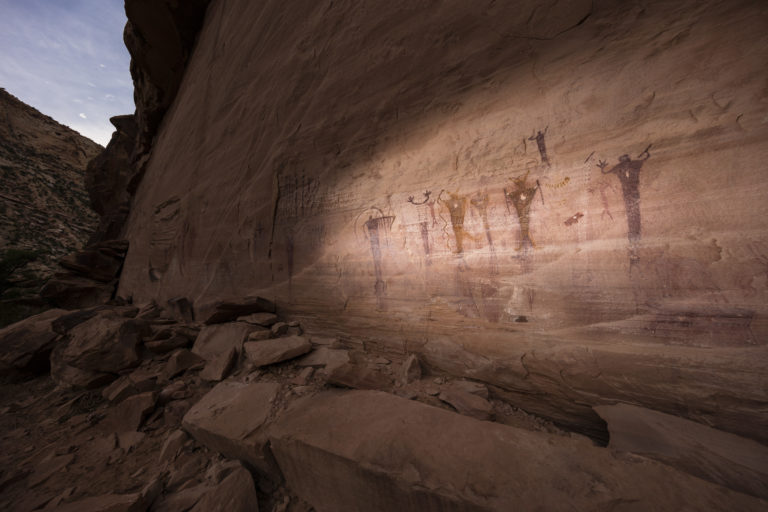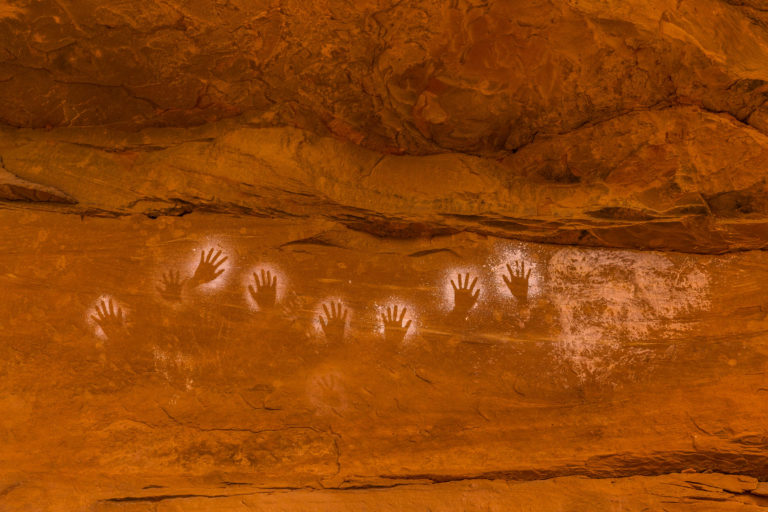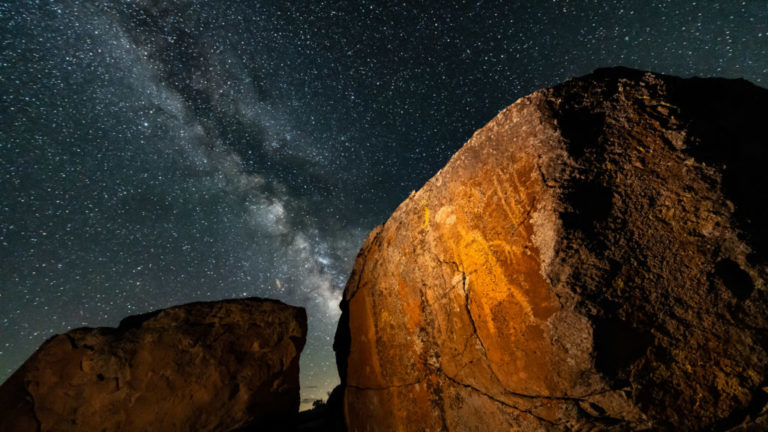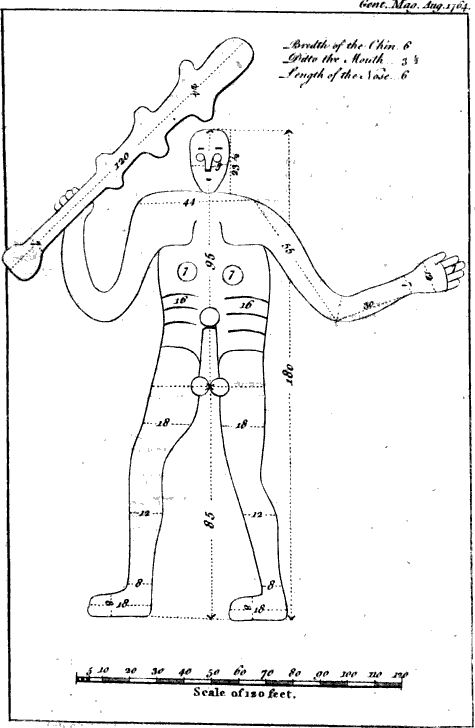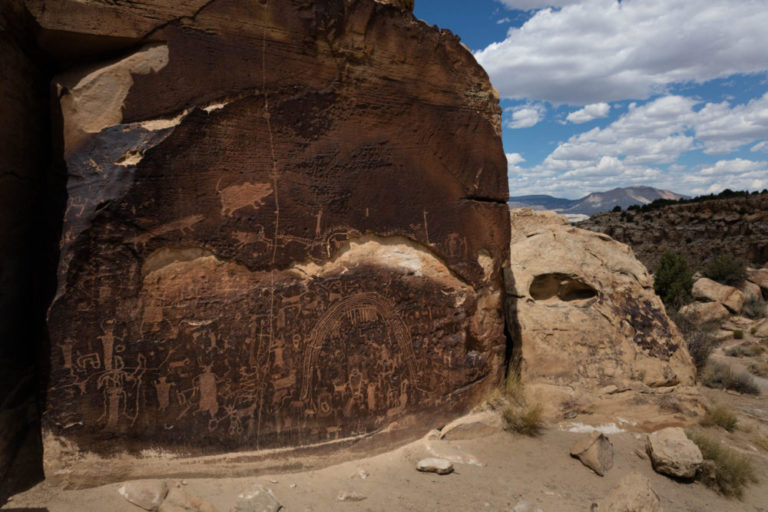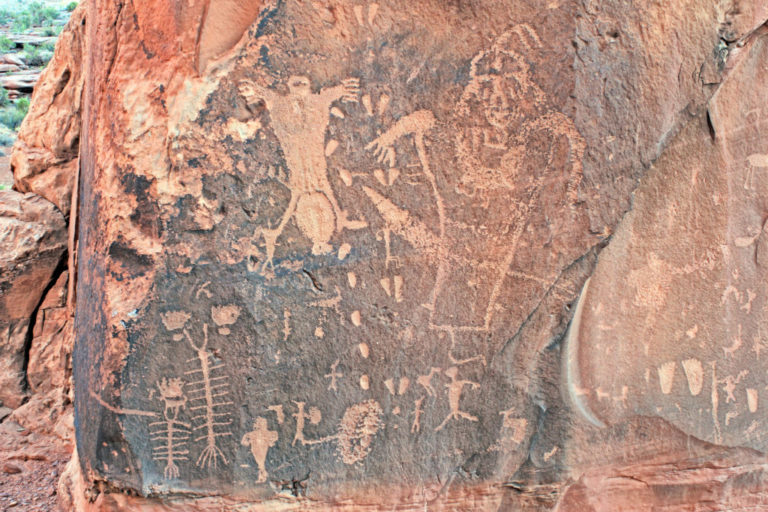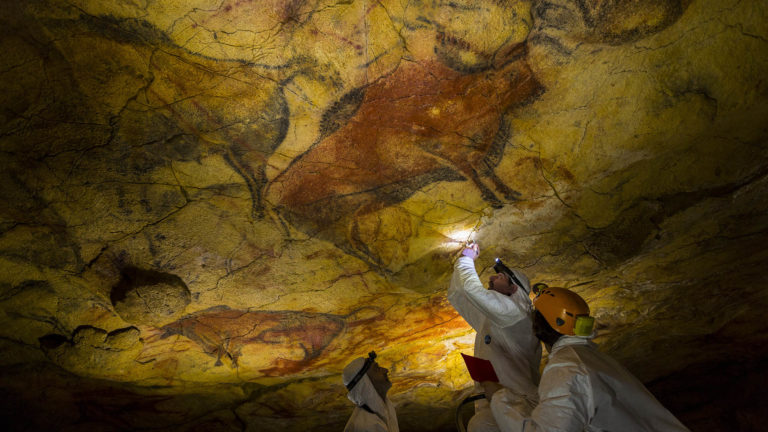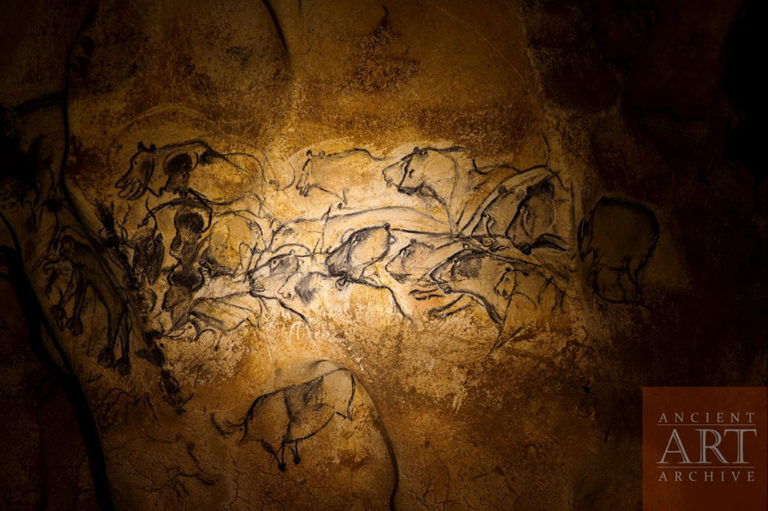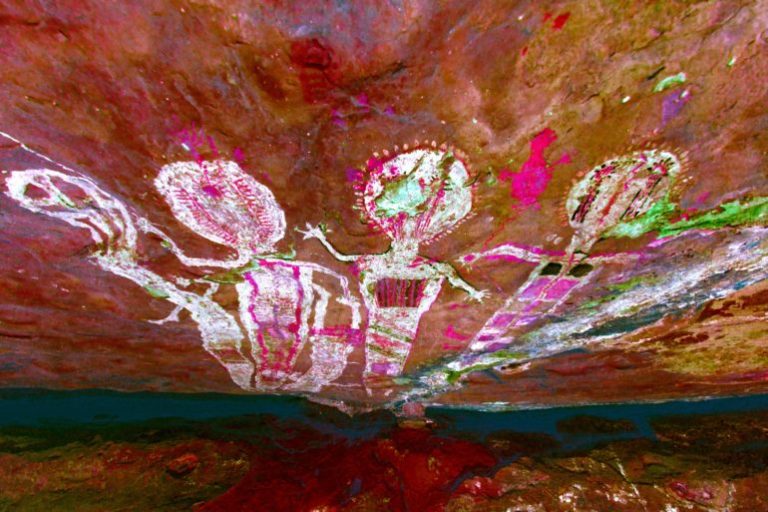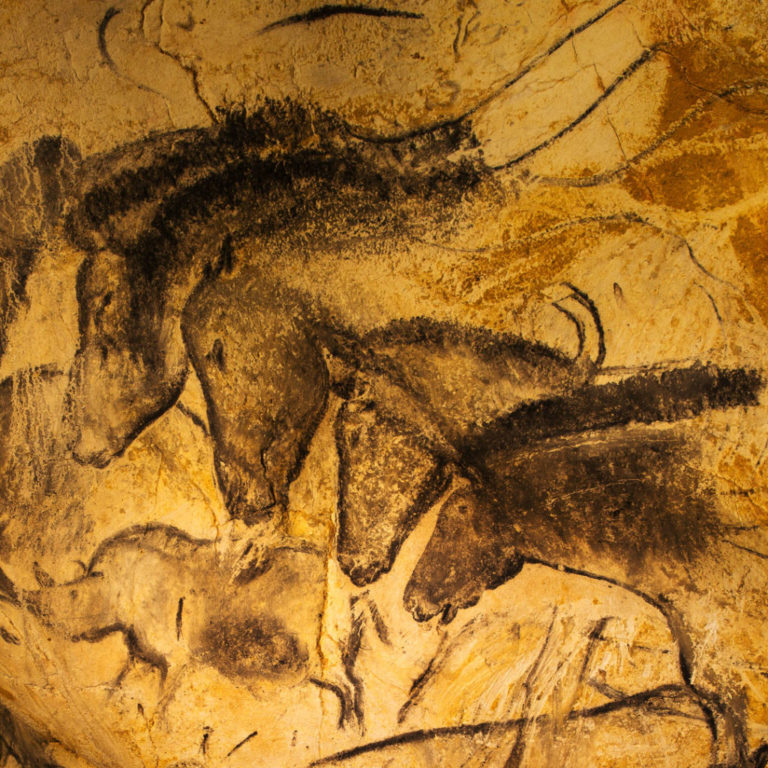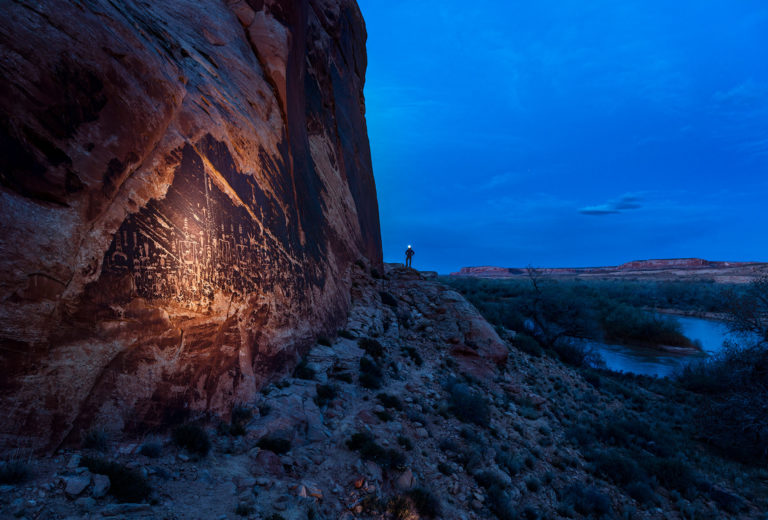Articles
- Meet Dr Joe Watkins PhDAt the Ancient Art Archive, we always knew we wanted the Mural of America stories to be told from an indigenous perspective, so we were beyond thrilled when Dr. Joe Watkins agreed to join our team to engage Native communities in building out each site's archaeological and cultural content.Joe's gentle personality, Choctaw ancestry, archaeological expertise, and decades of experience conducting collaborative work with indigenous communities make him ideally suited for this project. Read on to learn more about Joe and his journey! v Joe, what inspired you to become an archaeologist?When I was a kid, I would spend the summers with my grandmother out in the country on the edge of Cypress Swamp in southeastern Oklahoma. It was kind of fun. We had no electricity, We drew our water from a spring in the back, bathed in the river, and my grandmother cooked on a wood stove. We went to sleep...Read more
- Pictograph 3D Model on the San Rafael SwellMeta optimized virtual reality model of Barrier Canyon Style pictograph rock art on the San Rafael swell in Emery County UtahRead more
- The handprint pictograph is the universal symbol for humanityHandprints are the universal symbol of humanity. We have seen them across all of human history and on 6 continentsRead more
- Shooting the Milky Way and Rock ArtHow do you shoot the Milky Way and rock art at the same time?Read more
- Picture Cave Missouri Sold at AuctionPicture Cave Missouri, the Mississippian era ceremonial cave near St Louis, containing some of the most incredible pictographs in North America has sold at auction for $2.2 million to bidders who wish to remain anonymous. There is no word on what plans the new owners have for this cultural masterpiece. Details about the Picture Cave sale are in this NPR story here. The 43-acre parcel was sold on September 14 by Selkirk Auctions. We are of course disappointed that the cultural asset was not moved to public or tribal hands. Picture Cave relates significantly to Cahokia and the red horn story. Red Horn in the form of the Falcon Warrior makes an appearance in Devilstep Hollow cave in Tennessee (see our 360 degree VR video with narration by Dustin Mater here). For anyone who would like more information on the art and significance of Picture Cave we recommend Carol Diaz-Granados...Read more
- New Age of the Cerne Abbas Giant GeoglyphAn article in Sapiens lists the age for the Cerne Abbas Giant geoglyph in Dorset, England. The 180 foot long image is now thought to have been made between AD 700 and AD 1100 -the early medieval period. There are 30 or more chalk geoglyphs in Southern England, no word on their age.Read more
- Rochester Rock art panel vandalized!The Rochester Rock art panel in Utah has been vandalizedRead more
- Two acts of vandalism in Moab, UtahTwo acts of vandalism happened to rock art near Moab last week. Birthing Rock before the vandalism, Image by Alan Cressler Near Moab a climber intentionally bolted through a rock art panel. This has been widely reported on social media and in the outdoor recreation world. The climb is called the Sunshine Slabs. The bolts were removed by other climbers, but the holes that remain and will hasten erosion of the rock art panel. The offender’s defense was that he was trying to make the very easier (5.3) climb even more accessible. It is important to note that even though this happened on public land, it is illegal make permanent changes to the public land without permits. It’s the same as mining for gold or building a road without permits, its illegal. The culprit is known and is presumably being dealt with by the BLM who manages the site. Read...Read more
- “Irreplaceable” 1,000-year-old rock art vandalized in GeorgiaThe Chattahoochee National Forest in Georgia is reporting that the Track Rock Gap rock art site has been vandalized (USA Today). Track Rock Gap is one of 3 heavily engraved soapstone petroglyph sites in the mountains of Georgia and North Carolina. The sites are tied to the Cherokee and Creek nations. The best known of these soapstone sites is Judaculla Rock, seen here as a 3D model. https://sketchfab.com/models/ebfc3ec3eb3947ea92a7abb2d13060cb/embed Judaculla Rock, Jackson County, North Carolina by Ancient Art Archive on Sketchfab All pre contact story written on the landscape are irreplacable. Vandalism at Track Rock Gap is deeply sad. Rescources: Chattahoochee-Oconee National Forest Track Rock Gap page Judaculla Rock, NC Alan Cressler's photos of Track Rock GapRead more
- Chauvet Cave the discovery of 36,000-year-old artalmost 30 years ago explorers forced their way into Chauvet cave in France, what they found astounded the world.Read more
- Dstretch, an algorithm adapted from NASA helps us see ancient rock artHow do we see rock art that is mostly faded away?Read more
- The New York Times says we are one of five accounts you should follow on InstagramThe 36,000 year old Horse Panel of Chauvet This week, New York Times arts critic Martha Schwendener called the Ancient Art Archive one of the 5 instagram accounts that you should follow right now. “…the Ancient Art Archive journeys to caves, mesas, buttes and other sites around the world, documenting the paintings and marks made by our ancient ancestors.” She called out two of our posts in particular, one from Chauvet Cave in France and another from the Maze Panel in Arizona. The Maze Panel in the Vermillion Cliffs National Monument. It is an honor to be featured in the Times. The explosive growth of our Instagram feed shows what we have long known, people are hungry for these images from the past.Read more
- Hard dates on the Kimberly Paintings 17,000 years ago!An article published today in the Journal Nature Human Behavior (here subscription requited) establishes the date of some of the Kimberly rock art paintings as 17,000 years ago. Rock art is notoriously hard to date. The authors of the study took radio carbon dates from wasp nests built on top of paintings to establish minimum dates. One painting in particular is dated to between 17,500 and 17,100 years ago by dating material in overlying and underlying nests. CNN provides and excelent synopsis here.Read more
- Bears Ears National Monument is 3 years oldThe Bears Ears National Monument is 3 years old!Read more
